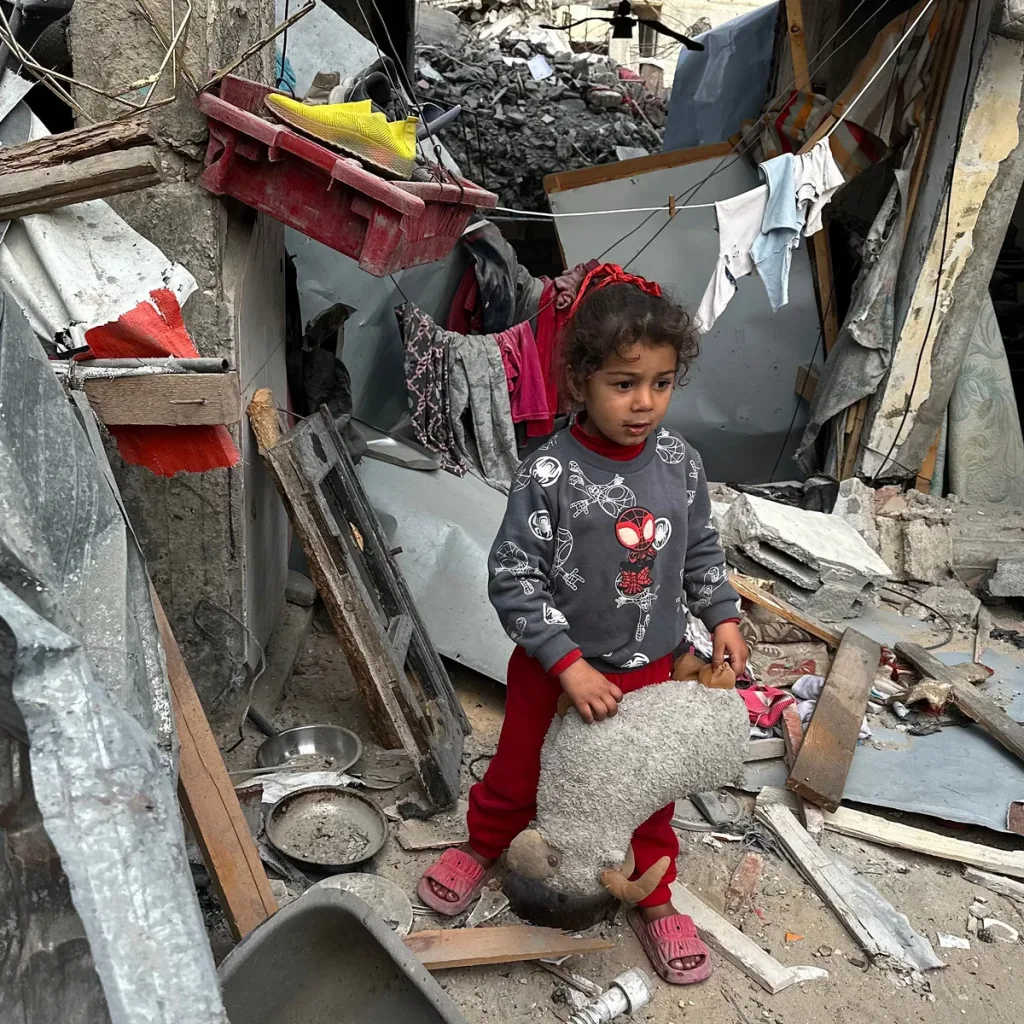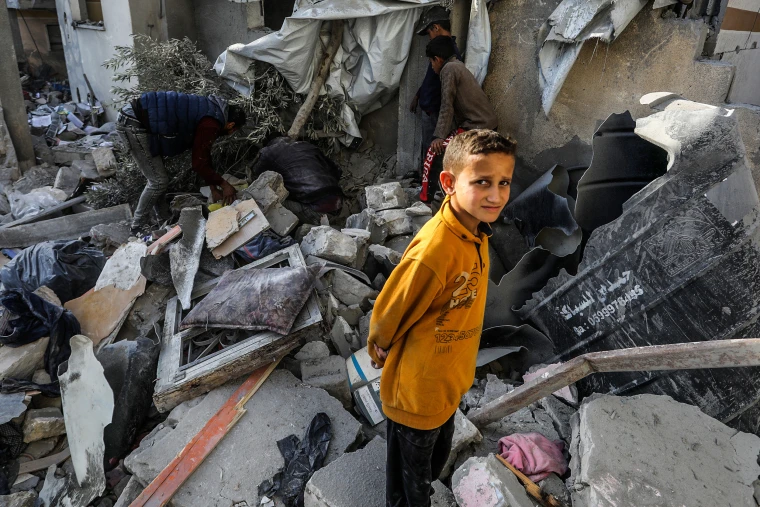Israel Resumes Ceasefire in Gaza Enforcement and Humanitarian Aid Deliveries to Restart, Easing Tensions in Gaza After Deadly Strikes
The fragile, US-brokered ceasefire in the Gaza Strip, which came into effect just over a week ago, faced its most severe test on Sunday, October 19, after a deadly exchange of fire led to a wave of retaliatory Israeli airstrikes and a brief suspension of humanitarian aid.

However, the crisis was averted late Sunday as the Israeli military (IDF) announced the renewed enforcement of the ceasefire, with an official confirming that aid deliveries would resume on Monday.
This move, reportedly following significant US pressure, offers a cautious return to calm for the war-battered enclave.
Headline Points
• Ceasefire Resumption: The Israeli Defence Forces (IDF) announced the renewed enforcement of the ceasefire on Sunday evening, signaling an end to the retaliatory strikes that followed a militant attack.
• Triggering Incident:
The temporary break in the truce was prompted by a militant attack, allegedly launched by Hamas, that killed two Israeli soldiers in the southern Gaza Strip.
• Retaliatory Strikes:
In response, the IDF conducted a series of “significant strikes” against what it identified as Hamas targets, including field commanders, tunnels, and weapons depots. Health authorities in Gaza reported that at least 26 Palestinians, including a woman and a child, were killed in the Israeli strikes.
• Aid Restart:
Humanitarian aid shipments into Gaza, which had been halted by Israel following the alleged truce violation, are confirmed by an Israeli security official to resume on Monday.
• US Pressure:
The decision to resume the ceasefire and aid flow reportedly came after urgent pressure from the US administration, which brokered the initial truce on October 10.

A Sunday of Escalation and Tension
The current, phase-one ceasefire, intended to halt two years of devastating conflict, experienced a massive strain over the weekend. On Sunday morning, militants reportedly launched an anti-tank missile and fired on Israeli troops in the Rafah area, killing two soldiers.
This incident, the most serious violation of the nine-day-old truce, immediately drew a harsh response from Israel.
Prime Minister Benjamin Netanyahu ordered the military to take “strong action,” and the IDF launched a series of retaliatory strikes across the enclave.
The targeted areas included the Nuseirat and Bureij camps in central Gaza, and a tent camp in the Muwasi area of Khan Younis. The violence immediately sparked fears among Palestinians that the war would return to the famine-stricken territory, which had seen its aid cut off for a significant period earlier this year.
The Aid Halt and Diplomatic Intervention
Following the militant attack, an Israeli security official announced that the transfer of aid into Gaza would be halted “until further notice,” describing the attack as a “blatant” violation of the ceasefire agreement. This move threatened to plunge the territory further into a humanitarian catastrophe, where United Nations reports have indicated widespread famine and desperate shortages of food, fuel, and medical supplies.
However, diplomatic efforts quickly took precedence. The US administration, which has heavily invested in the ceasefire deal—a plan that includes provisions for hostage returns and a massive scale-up of humanitarian access—pressed Israel to re-commit to the truce.
By Sunday evening, the IDF issued a statement confirming that, “in accordance with the directive of the political echelon, and following a series of significant strikes… the IDF has begun the renewed enforcement of the ceasefire.”
Simultaneously, an Israeli official, speaking anonymously, confirmed that the temporarily suspended aid deliveries would resume on Monday.
Outstanding Obstacles to Lasting Peace
Despite the immediate restoration of the ceasefire, formidable obstacles to a durable peace remain. The underlying deal, which took effect on October 10, mandates a cessation of hostilities, Israel’s withdrawal to pre-designated lines, the release of all remaining Israeli hostages (living and deceased), and the return of a large number of Palestinian prisoners.
A major sticking point continues to be the handover of the bodies of deceased Israeli hostages. Israel has accused Hamas of being too slow in fulfilling this obligation, stating that the reopening of the crucial Rafah border crossing with Egypt—a key conduit for aid—will remain closed “until further notice,” pending Hamas’s compliance with its commitments on the remains.
For its part, the armed wing of Hamas insists it remains committed to the truce but blamed continued Israeli strikes and the devastation on the ground for slowing the transfers.
As the fragile truce holds for now, the international community and the millions of displaced civilians in Gaza will anxiously monitor whether the renewed commitment can withstand the underlying pressures and accusations of violation that continue to plague the path toward peace.
